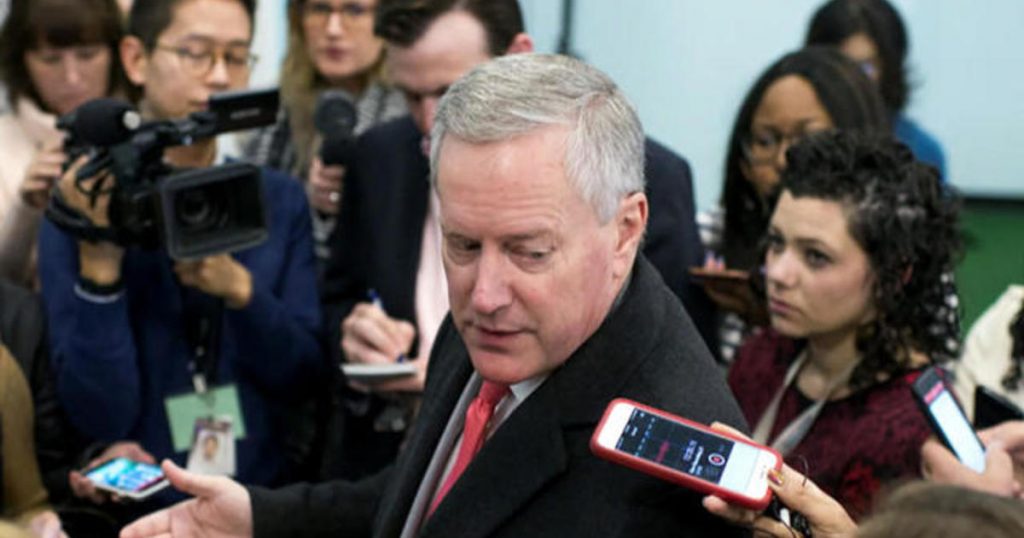
The Federal Reserve provided multiple indications Wednesday that its run of ultra-easy policy since the beginning of the Covid pandemic is coming to a close, making moves that were even more aggressive than markets had anticipated.
For one, the Fed said it will accelerate the reduction of its monthly bond purchases.
The Fed will be buying $60 billion of bonds each month starting January, half the level prior to the November taper and $30 billion less than it had been buying in December. The Fed was tapering by $15 billion a month in November, doubled that in December, then will accelerate the reduction further come 2022.
After that wraps up, in late winter or early spring, the central bank expects to start raising interest rates, which were held steady at this week’s meeting.
Projections released Wednesday indicate that Fed officials see as many as three rate hikes coming in 2022, with two in the following year and two more in 2024.
The Federal Open Market Committee’s moves, approved unanimously, represent a substantial adjustment to policy that has been the loosest in its 108-year history. The post-meeting statement noted the impact from inflation.
“Supply and demand imbalances related to the pandemic and the reopening of the economy have continued to contribute to elevated levels of inflation,” the statement said.
The statement also noted that “job gains have been solid in recent months, and the unemployment
rate has declined substantially.”
However, members came out on the hawkish side of policy moves, with members solidly leaning toward rate hikes. The “dot plot” of individual members rate expectations indicated that just six of the 18 FOMC members saw fewer than three increases next year, and no members saw rates staying where they are now, anchored near zero.
That vote came even as the statement reaffirmed that the Fed’s benchmark overnight borrowing rate would stay near zero “until labor market conditions have reached levels consistent with the Committee’s assessments of maximum employment.”
The committee reduced its forecast for economic growth this year, seeing GDP rising 5.5% for the full 2021, compared to the 5.9% indicated in September. Officials also revised their forecasts in subsequent year, raising 2022 growth to 4% from 3.8% and lowering 2023 to 2.2% from 2.5%.
Both policy moves came in response to escalating inflation, which is running at its highest level in 39 years for consumer prices. Wholesale prices in November jumped 9.6%, the fastest on record in a sign that inflation pressures are becoming more ingrained and broad-based.
Fed officials long have stressed that inflation is “transitory,” which Chairman Jerome Powell has defined as unlikely to leave a lasting imprint on the economy. He and other central bank leaders, as well as Treasury Secretary Janet Yellen, have stressed that prices are booming due to pandemic-related factors such as extraordinary demand that has outstripped supply but ultimately will fade.
However, the term had become a pejorative and the post-meeting statement eliminated it. Powell telegraphed the move during congressional testimony last month, saying “it’s probably a good time to retire that word and try to explain more clearly what we mean.”
For the Powell Fed, tightening policy now marks a dramatic pivot off a policy enacted just over a year ago. Known as “flexible average inflation targeting,” which meant it would be content with inflation a little above or below its long-held 2% target.
The policy’s practical application was that the Fed was willing to let inflation run a little hot in the interest of completely healing the labor market from the hit it took during the pandemic. The Fed’s new policy sought employment that was both full and inclusive across racial, gender and economic lines. Officials agreed not to raise interest rates in anticipation of rising inflation, as the central bank had done in the past.
However, as the “transitory” narrative came into question and inflation began to look stronger and more durable, the Fed has had to rethink its intentions and change gears.
The asset purchase taper began in November, with a reduction of $10 billion in Treasury purchases and $5 billion in mortgage-backed securities. That still left the month buys at $70 billion and $35 billion respectively.
However, the Fed’s $8.7 trillion balance sheet increased by just $2 billion over the past four weeks, with Treasury holdings up $52 billion and MBS actually reduced by $23 billion. Over the past 12 months, Treasury holdings have expanded by $978 billion while MBS have risen by $567 billion.
Under the new terms of a program also known as quantitative easing, the Fed would accelerate the decline of its holdings until it is no longer adding to its portfolio. That would bring QE to an end in the spring and allow the Fed to raise rates anytime after. The Fed has said it likely would not raise rates and continue buying bonds simultaneously, as the two moves would work at cross purposes.
From there, the Fed at anytime could start reducing its balance sheet either by selling securities outright, or, in the more likely scenario, begin allowing the proceeds of its current bond holdings to run off each month at a controlled pace.
Powell likely will face questioning at his 2:30 p.m. ET news conference about the future of the balance sheet, which has expanded by nearly $3.9 trillion since the early pandemic days.

